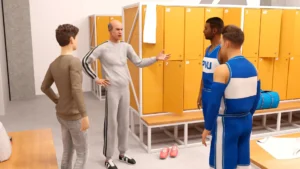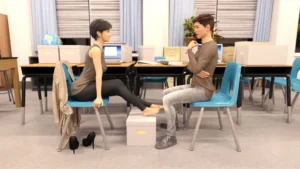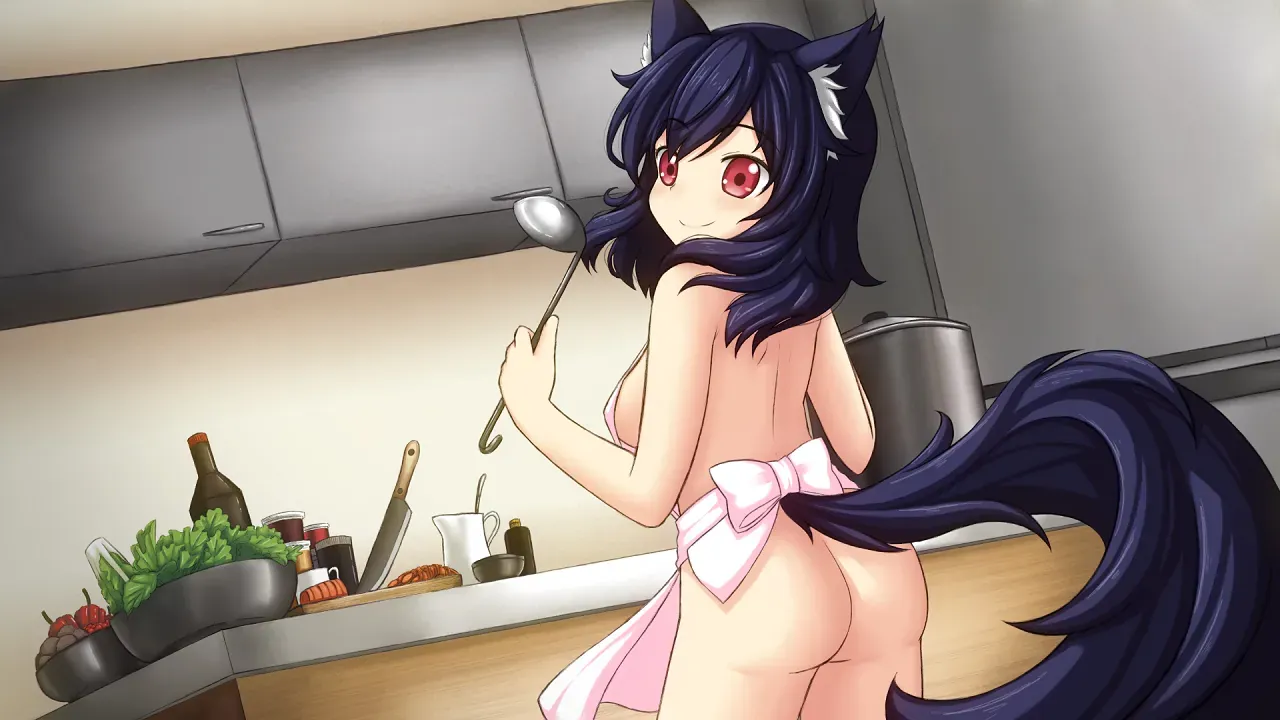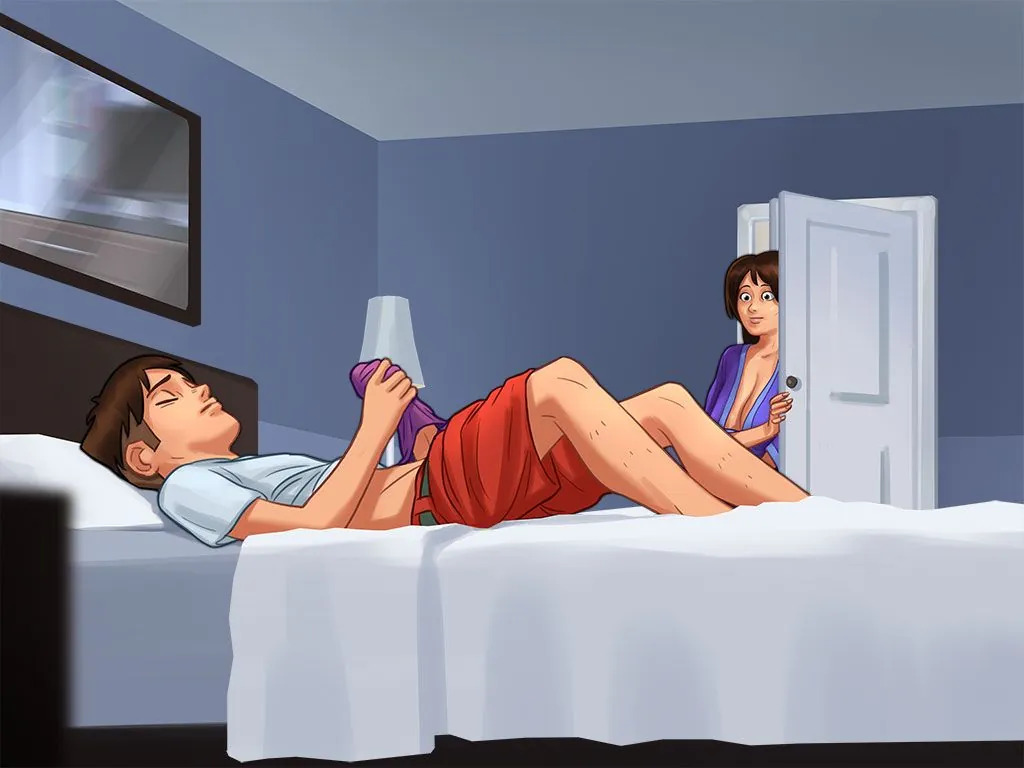
University of Problems
Play University of Problems
University of Problems review
A Deep Dive into the Adult Visual Novel
In the world of adult visual novels, ‘University of Problems’ stands out as a game that combines elements of college life with a rich narrative and diverse character interactions. Developed by Dream Now, this game offers players a unique experience filled with choices that impact the story’s progression. Let’s delve into what makes ‘University of Problems’ so engaging and how it navigates the complexities of adult content in gaming.
Gameplay Overview
Storyline and Character Interactions
Let me tell you about the first time I booted up University of Problems 🎮. I expected a simple story, but what I found was a surprisingly deep narrative web. You step into the shoes of a new student at a university that’s, well, brimming with complicated personalities and situations. The core of this adult visual novel isn’t just about the scenes you might expect; it’s about the genuine connections you forge.
The game truly shines in its character interactions. You’ll meet a diverse cast, from the shy bookworm to the confident party-goer, each with their own intricate backstory and personality. I remember trying to impress the aloof art student, thinking a few compliments would do the trick. I was wrong! 😅 The game demands you pay attention to dialogue and remember personal details. Your choices in conversation aren’t just filler; they directly build (or break) your relationships, setting the stage for the entire University of Problems gameplay experience.
Tip: Treat every conversation like a real one. Listen carefully to what the characters are telling you, as their likes and dislikes are your guide to winning their trust.
Game Mechanics and Player Choices
Now, let’s talk about the engine under the hood. The University of Problems gameplay is driven by a clever system of stats and choices that give your decisions real weight. This isn’t a passive slideshow; it’s an interactive story where you feel the player choice impact in almost every scene.
The most crucial mechanic is the LUST system 😈. It’s not just a simple meter; it’s a dynamic reflection of your relationship’s physical intensity with different characters. Raising this stat opens up new, more intimate scenes and dialogue options, but it’s intricately tied to your emotional choices. You can’t just be a one-dimensional character; the game pushes you to balance your desires with genuine emotional intelligence. Do you focus on one person, or try to manage multiple relationships? The game tracks it all, and the characters react accordingly.
Here’s a quick look at how some common choices can play out:
| Your Choice | Potential Short-Term Outcome | Potential Long-Term Consequence |
|---|---|---|
| Agreeing to skip class with a character | Immediate relationship boost and a fun scene. | Might lower your “Intelligence” stat, locking you out of conversations with more studious characters later. |
| Choosing who to sit with at lunch | A simple, seemingly minor interaction. | Can initiate a character’s specific story path, making them a central figure in your playthrough. |
| Spending money on a gift | A quick boost to a character’s affection. | Might deplete funds needed for a critical story event down the line, forcing a difficult decision. |
Navigating Different Story Paths
This is where the magic of player choice impact truly comes to life. University of Problems is designed for multiple playthroughs, because the story paths you can unlock are vastly different. I learned this the hard way after my first, rather messy, playthrough where I tried to make everyone happy and ended up alone in the library on a Saturday night. 😥 It was a powerful lesson in how the game values authentic, focused pursuit.
The branching narrative is its greatest strength. For example, dedicating your time to Rachel might lead you down a path of helping her with a personal family crisis, a story full of emotional depth and tenderness. Conversely, pursuing Cathy could plunge you into the vibrant and chaotic party scene, with a completely different set of challenges and rewards. These aren’t just different endings; they are entirely different experiences, with unique scenes, character developments, and challenges.
This approach to adult content in games is what sets it apart. The intimate moments feel earned. They are the result of the path you built through your choices, not just random rewards. The game masterfully integrates this content as a natural culmination of your relationships, making it a meaningful part of the story rather than a detached feature.
Navigating these story paths is the core of the University of Problems gameplay. My advice? Don’t save-scum your first time. Live with your decisions. See where your natural instincts take you. Then, when you play again, you can consciously steer your character in a new direction and be amazed at how much of the game you hadn’t even seen before. The replayability is staggering, and it’s all thanks to a narrative structure that truly respects your agency. 🙌
In conclusion, ‘University of Problems’ offers a unique blend of college life and adult content, with a focus on player choice and character development. Whether you’re interested in the game’s mechanics or its narrative depth, there’s something for everyone in this engaging visual novel. For those looking to explore more adult visual novels, ‘University of Problems’ is certainly worth checking out.






















